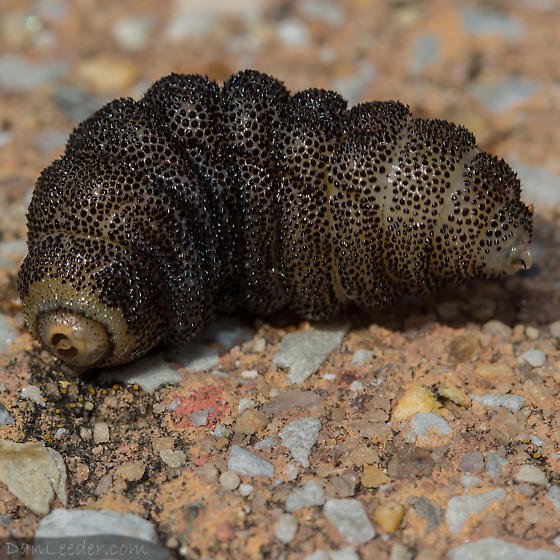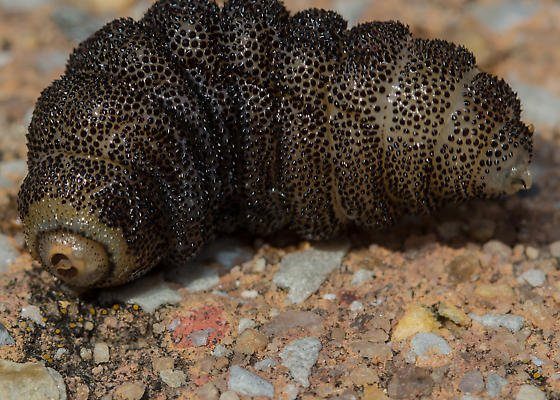
So, what exactly are wolf worms? Essentially, they belong to a family of insects known as botflies, and they have some fascinating behaviors and life cycles. Understanding them can help us appreciate the roles they play in nature, even if they seem a bit creepy-crawly. Let’s dive into this topic and explore what wolf worms truly are, how they affect animals, and what you need to know if you’re caring for a furry friend.
What Are Botflies?
Before diving into wolf worms specifically, let’s get a grasp on botflies. These flies are known for their unique lifecycle that includes a parasitic phase. The adults typically lay their eggs on or near a host. Once the eggs hatch, the larvae can enter the skin of the host animal.
For example, the horse botfly lays its eggs on horse legs. When the horse licks its legs, the eggs migrate into its mouth and eventually settle in the stomach. It’s a slippery, clever way for the botfly to ensure its young survive.
Wolf worms fall under this category, affecting animals like dogs, cats, and various wildlife. The term “wolf worm” is often used to describe the specifically damaging larval stage of the botfly that can create quite a few health issues for its host.
Life Cycle of Wolf Worms
Wolf worms have a life cycle that’s both fascinating and alarming. It starts when adult female botflies lay their eggs on warm-blooded animals, mainly mammals. Once these eggs come into contact with a host, they hatch and the larvae enter the skin.
Here’s the thing: the larvae can grow inside the animal for several weeks, causing irritation and discomfort. They create a breathing hole to get oxygen, which makes them easier to identify. The visible bump can be alarming, often resembling a pimple or growth.
Eventually, these larvae will emerge from their host to pupate and eventually become adult botflies. This cycle can be hard on the host, leading to infections and other health issues if not treated promptly.
How Do Wolf Worms Affect Animals?
Wolf worms can have various effects on the animals they infest. These can range from mild irritation to more severe health issues. When the larvae burrow into the skin, they can cause significant discomfort. Not only do they create an open wound, but the presence of the larva can lead to secondary infections.
Pets like dogs and cats might scratch or bite at the affected area, causing even more damage. Honestly, it’s tough to watch your beloved furry friend suffer. Symptoms can include:
- Swelling around the wound.
- Pain or tenderness in the area.
- Visible breathing holes where the larvae are located.
- General lethargy or changes in behavior.
If you notice any of these signs, it’s essential to consult a veterinarian. They can provide guidance on removal and treatment to ensure your pet stays healthy and comfortable.
Identifying Wolf Worm Infestations
You might be wondering, “How do I even know if my pet has wolfs worms?” The signs can sometimes be subtle, especially in the early stages. Look out for unusual lumps or bumps on your pet’s skin. These are often the first indicators.
Here are some other signs to monitor:
- Increased scratching or grooming in specific areas.
- Redness or inflammation around a lump.
- An unusual odor from the skin or surrounding area, which can indicate infection.
- Changes in appetite or energy levels.
If you spot any of these signs, it’s best to take action quickly. The sooner you identify the issue, the better chance you have of treating it effectively.
Treatment for Wolf Worms
Treating wolf worms usually requires veterinary assistance. Trying to remove them at home can be risky and lead to infection. If a vet confirms the presence of wolf worms, they might recommend several treatment options.
Here’s a general outline of what you can expect:
1. **Examination**: The vet will inspect the affected area, possibly performing tests to confirm the diagnosis.
2. **Removal**: In many cases, the larva must be carefully extracted. Vets have the proper tools and expertise to do this safely.
3. **Post-Care**: After removal, your pet may need antibiotics to prevent or treat any infections.
It’s always better to err on the side of caution. If you feel unsure about your pet’s health, don’t hesitate to consult a veterinarian.
Preventing Wolf Worm Infestations
While it can be challenging to prevent wolf worms entirely, there are steps you can take to reduce the risk. Keeping your pet healthy and free from other parasites is crucial. Here are some prevention tips:
- **Regular check-ups**: Schedule consistent vet visits to catch any potential problems early.
- **Clean living environment**: Keep your home and yard clean to discourage insect infestations.
- **Limit exposure**: If you live in an area where wolf worms are common, limit your pet’s time outdoors during peak seasons.
You might also consider consulting a veterinarian about preventative treatments or products that can help keep your pets free from parasites, including botflies.
Wolf worms may sound like the stuff of nightmares, but understanding them can help you protect your pets and keep them healthy. By recognizing the signs and learning how to prevent infestations, you can ensure your furry friends stay safe and comfortable.
In the end, just like any aspect of animal care, being informed and proactive is key. So, whether you’re keenly examining your pet’s fur or just curious about the wonders of nature, you can face any little critters that come your way with confidence. Always remember—if in doubt, reach out to a professional for assistance. Keeping our pets happy and healthy is totally worth it!

